Three campaigns that tackle mental health from the NHS, Lloyds and Ford

Background
Being ‘diverse’ in some ways, I’m endlessly fascinated by the new wave of ‘Equality, Diversity and Inclusion’ initiatives sprouting everywhere, from private companies to public places to the media. And the emerging, fashionable almost, type of diversity everyone is talking about is mental health.
From Matt Haig’s wonderful books to morning TV stories, from Royal patronages to apps like Calm and Headspace receiving rave reviews, having mental health issues is becoming socially acceptable, and everyone’s exploring what it means.
Let’s face it, how can it be a taboo if all of us are slightly mad anyway? Today I’ll explore advertising’s take on this very intriguing and sensitive topic.
What They Did
Three completely different organisations: The NHS, Ford UK and Lloyds take on this subject in three unique ways.
As with all great campaigns, the simplest ideas and approaches are the most effective.
The NHS
What better brand to start with than the NHS?
The NHS ‘Good Thinking’ campaign is entirely digital and data driven, and focused on users’ needs.
Research suggests that the UK’s mental health is not getting any better: there were more than 500,000 referrals to NHS psychological therapies for stress and anxiety last year, and the figures on referrals are up 35% in just three years.
In addition, a lot of people suffering from anxiety and depression do not ask for help. So, the NHS has decided to reach out to them where they can be easily found: on their smartphones, possibly venting on Facebook. In the same way as commercial ads work, people would receive targeted ads that take them to a series of self-help apps on the NHS Apps Library, run by NHS Digital and NHS England, which is fully launching in autumn.
I think this is a good example of public service, despite the DIY approach: will an overly tidy person convince themselves they have OCD? What if someone tries to cure themselves with the app when they are suicidal? Either way, this is a supportive campaign that hopefully will get the profile it deserves – dare I say it – perhaps with a TV ad or media presence.
Then again, we know how cash-strapped the NHS is, so word of mouth may be best. This is a campaign worth watching as it develops.
I give it three out of five.
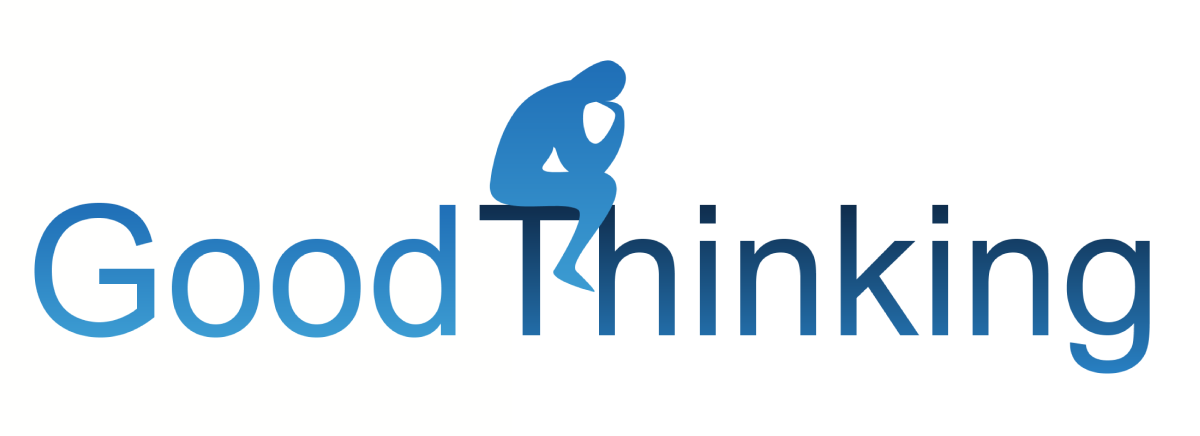
Lloyds Bank and Mental Health UK
The much lauded, award-winning ad by Lloyds Bank and charity partner Mental Health UK, #GetTheInsideOut, is worth a mention. It features employees and members of the public of different ages and ethnic origins, plus celebrities like Jeremy Paxman, literally ‘stickered’ with different mental conditions, like a serious version of the Forehead Detective party game.
It is a memorable ad, done with all the best intentions. It raises awareness of and helps break down the stigmas associated with mental health conditions, which one in four of us have suffered or will suffer from at some point in our lifetime.
The film oozes inclusion from every bit of its script and art direction. And yet, I cannot quite connect the noble intent of the ad to the brand behind it.
Having happily banked with Lloyds for over 20 years, and survived
on the few thousand pounds’ authorised overdraft I was routinely
allowed to keep, as ordinary families do, I suddenly received a
letter in September 2017 telling me to repay it in full by the end of
October, or else I would incur new, much higher charges. This didn’t
do much for my mental health at the time, or my Christmas. I should
have had at least three post-it notes on my forehead at one point, in
between bank appointments, recorded menus and fruitless pleas.
I recognise this is an impactful ad, beautifully crafted, but I cannot fully believe it, because actions speak louder than words, more so when a big brand does the talking.
Three out of five for the campaign.
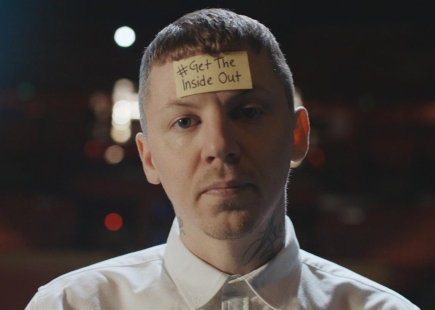
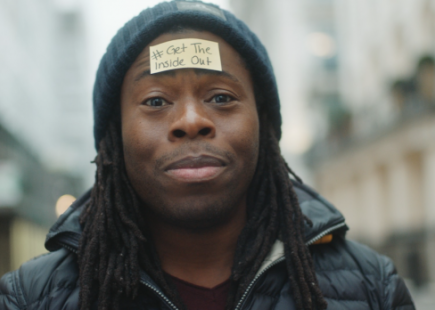
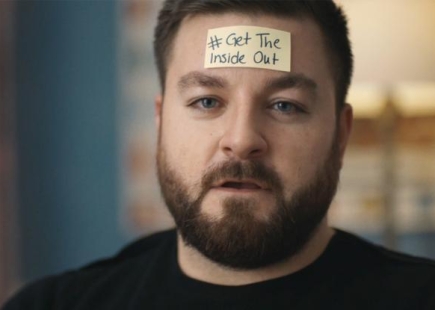
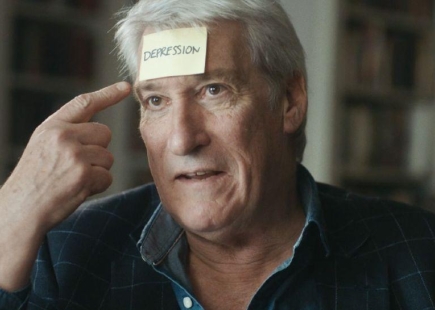
Ford UK
‘The elephant in the Transit’ is probably my favourite in this set.
The art director in me loves the effective use of a visual metaphor, and its gentle humour. The enormous elephant represents the fact that mental illness affects one in four people at some point in their lives, yet many are reluctant to speak out about it.
As the mother of a teenage boy I see first hand how tricky it can be for young men to deal with how they are perceived by their peers, and it is also harder for them than it is for women to communicate or make sense of their innermost feelings. They do struggle to talk about mental health, so much so that suicide is the biggest killer of young men under the age of 45. Scary stuff.
Ford hits the nail on the head by placing ‘the elephant’ in a Transit van, which is typically driven by men, and by portraying a believable real-life conversation, as a lot of personal discussions and sharing happens in vehicles.
The script is simple, with effective storytelling. By the time the driver pulls over to ask his mate what’s wrong, I feel like reaching out from the back of the Transit to give him a massive pat on the back. Well done, you! A weird plot twist, I know, as if a giant elephant wasn’t enough.
So, a little bit of kindness at the appropriate time can make all the difference to someone’s state of mind – a simple, heartwarming message that hits the spot for me.
Ford has also signed the Time to Change employer pledge, which prompts workers to ask their colleagues if they’re okay.
Well done, Ford. Five out of five.
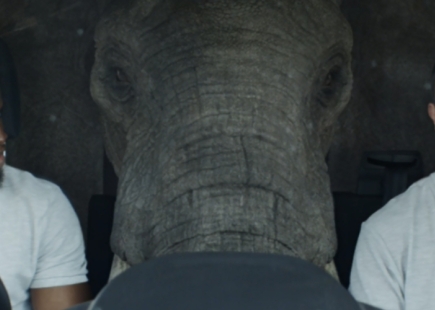
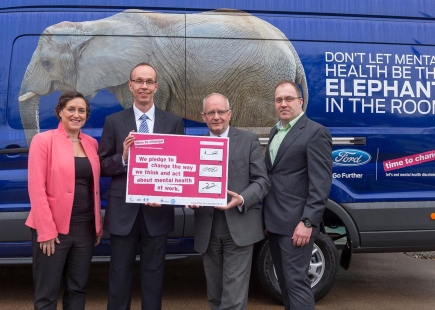
Review
I applaud all brands who tackle mental health issues. Each campaign has its merits. I give full marks for the intention of making what was once taboo, ordinary. But like us flawed humans, nothing is perfect, hence an all-round score of four.
If you enjoyed this article, you can subscribe for free to our weekly email alert and receive a regular curation of the best creative campaigns by creatives themselves.
Published on:


